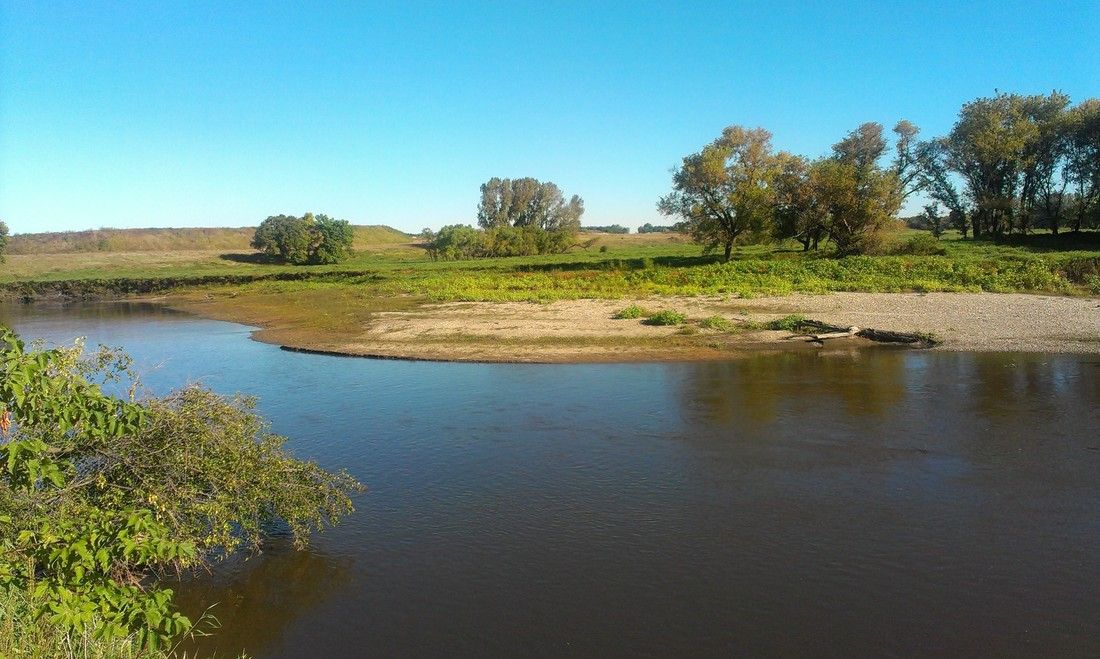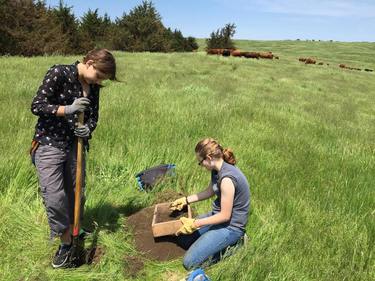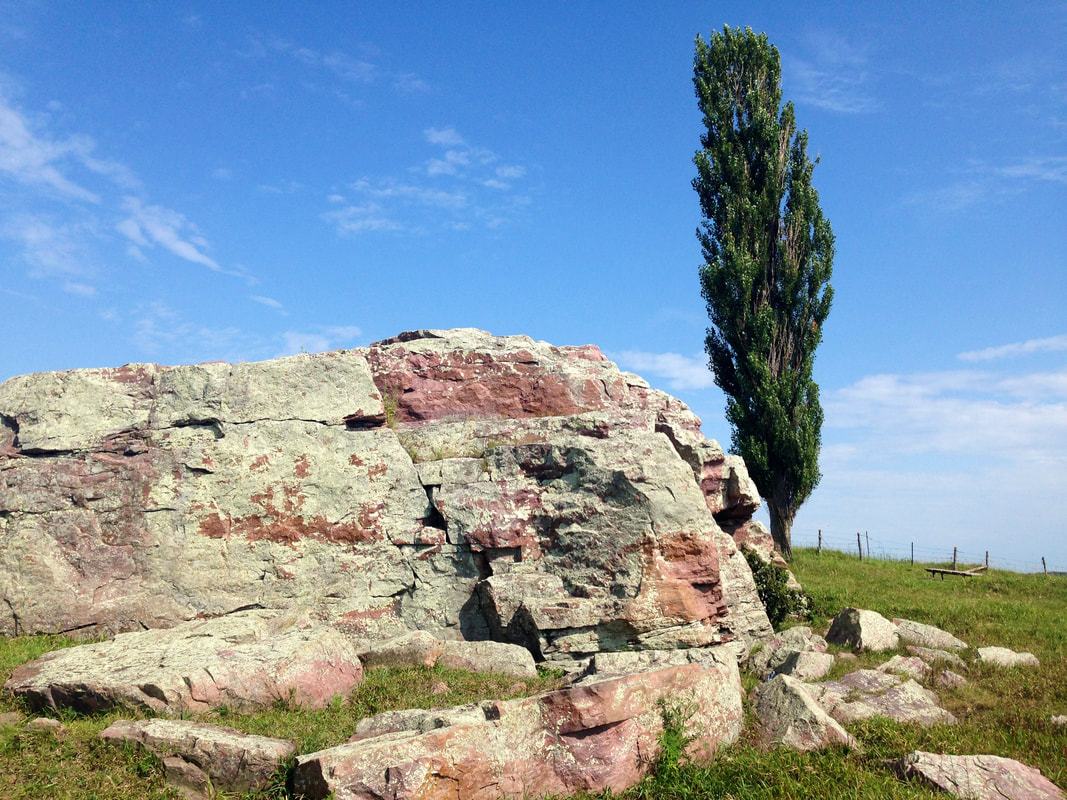Little Sioux River Valley Conservation Action Plan
|
Click on the file to the right to learn more about our Conservation Action Plan in the Little Sioux Watershed.
|
| |||
|
Archaeology |
|
People have lived in the Little Sioux Watershed for thousands of years. There are more than 300 archaeological sites in the watershed ranging from 8,000 year old bison kill sites to compact villages with fortification.
This watershed is most notable for a unique cultural resource – the ancient settlements of the Mill Creek Culture. Settlements dating back to A.D. 1000-1200 have been documented along the Little Sioux River and three tributaries – Brooke Creek, Mill Creek and Waterman Creek. One settlement, the Wittrock Indian Village located along Waterman Creek, is now a dedicated state preserve. |
|
Geology |
|



